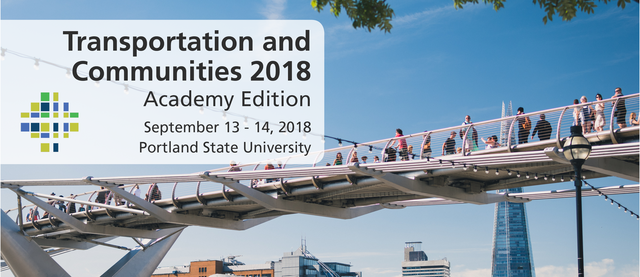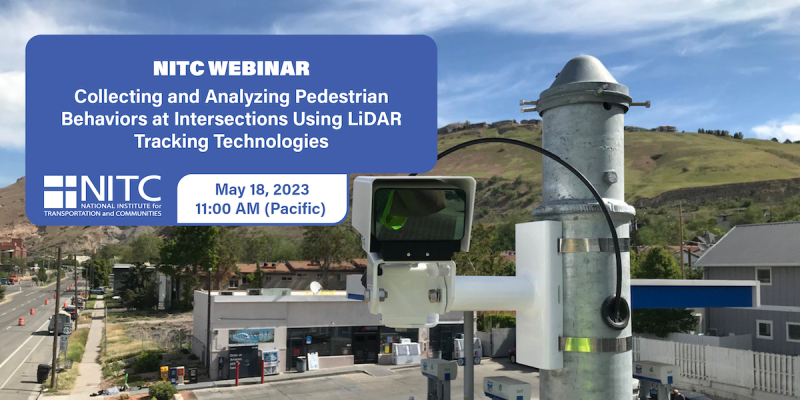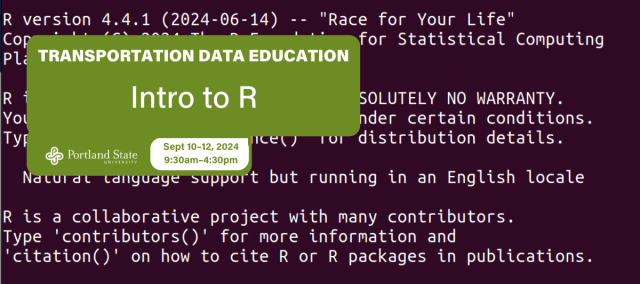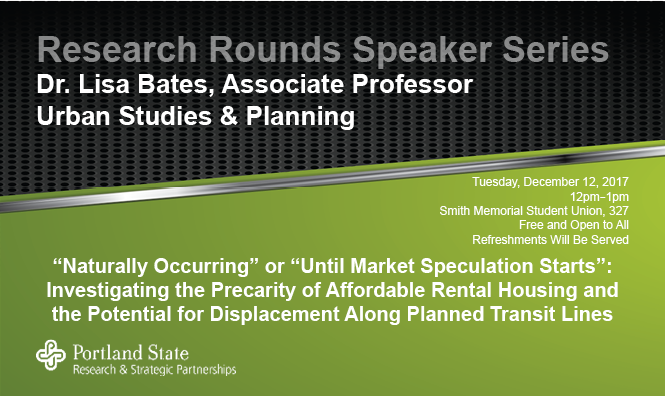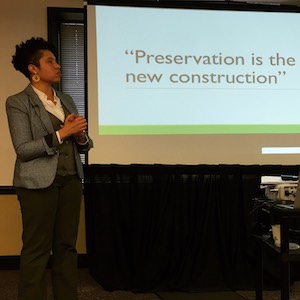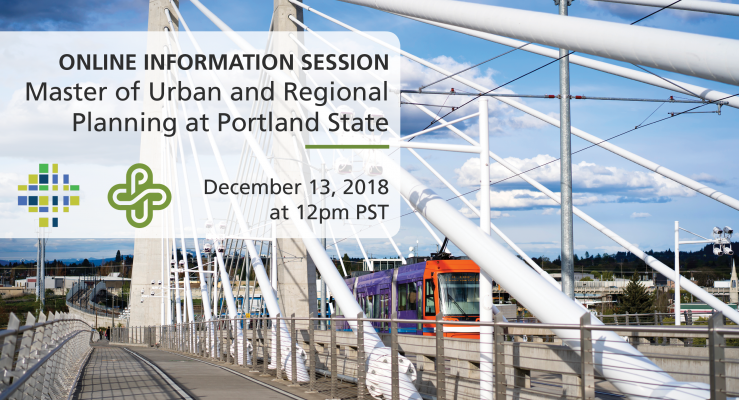In honor of our 10-year anniversary, we’re trying something a little different. Instead of brief sessions that introduce you to a topic– we will be offering fifteen half-day workshops that focus on skill building and providing the tools to apply the latest research to practice. These will be hands-on, immersive learning experiences in a small classroom setting.
REGISTRATION
This event is a la carte, and pricing is per workshop. You may attend as few as one, or as many as four workshops.
- Half-Day Workshop (general admission): $95
- Half-Day Workshop (student rate): $50
THE PROGRAM
⇨SEE THE FULL SCHEDULE AND DETAILS
- Survey Design: Asking the Right Questions
- Bicycle/Pedestrian Focused Signal Timing Strategies: What, When, Where, Why, and How?
- Activating Community Opportunities Using Transportation Organizations as Assets
- Cost Accounting for Program and Budget Planning Today and Tomorrow
- Data Analysis for Smarties Who Forgot What They Learned in College
- What’s New in the HCM 6th Edition?
- Ecological Momentary Assessment Methods with Transportation Disadvantaged Populations
- Calculating...

